GRAND COUNTY, Colorado — The fine line between chaos and order can be drawn in fire for people like Marjorie Cranston.
She lost her home when the East Troublesome Fire burned that line across Grand County on Oct. 21, 2020.
"I had no idea what was about to happen," Cranston said. "A neighbor came and got me, and he said, 'What are you doing?' and I said, 'I'm just going to have dinner,' and he said, 'No, you're not. You get in your car right now,' and I turned around. I said goodbye to my home."
Within minutes, the flames came over the hill and destroyed her house.
"There's no way to describe that everything in your life is gone," Cranston said. "All your memories. Everything."

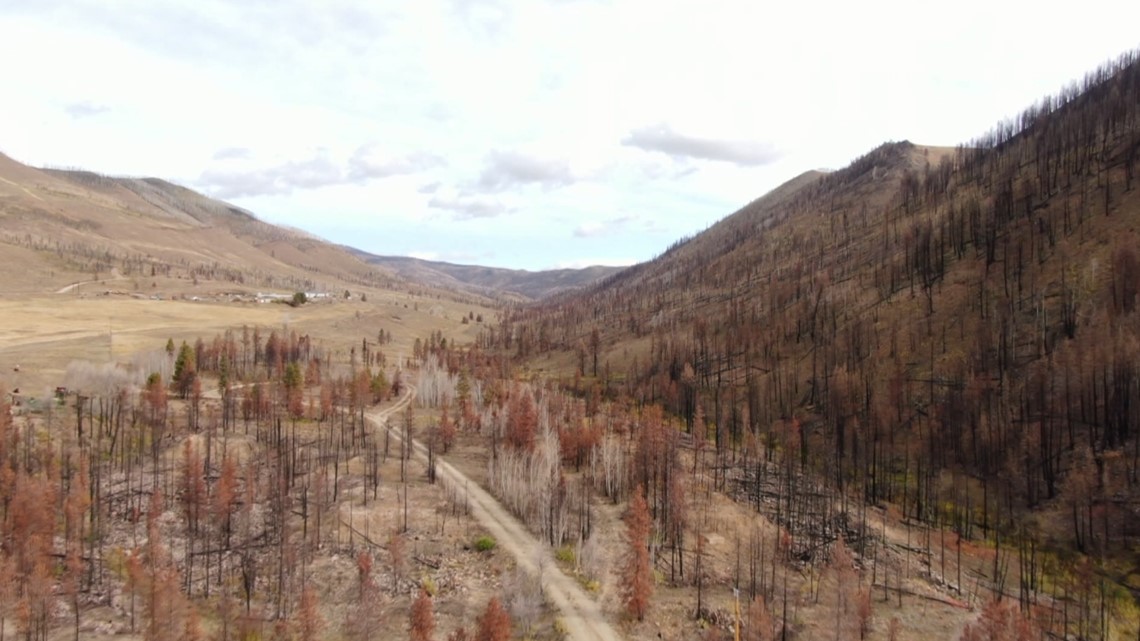
The next week, the next phase began for Cranston. She started the process of reconstruction.
"It was going to be the next fire in a way, the trial that came afterwards," she said.
Over the past 12 months, she and her husband, both in their 70s, have lived in three places. She's had to deal with five insurance adjustors asking to have all of her belongings documented when her documents burned up in the fire.
"Everything in that house, I had to try to recover in my brain," Cranston said.


She has 12 pages of inventory with painstaking details of how much items cost, how often were they used and where they were purchased. Cranston said she felt like a victim of the fire over and over again.
"I threw things. I was so angry," she said. "I thought, how can you lose your whole life and then try to recapture it and then go through this hell?"
> Video: Slow recovery one year after East Troublesome Fire
'Almost everyone is under-insured'
Bob Hunnes is a construction engineer who was hired to help people like Cranston navigate the recovery process as the liaison for fire recovery for the Grand County Builders Association.
"Almost everyone is under-insured," Hunnes said. "It turns out the market value of a house is not much of an indication of what it will cost you to rebuild."
Hunnes should know. He's one of them. The fire burned up the hill and took his home of 17 years.
"There were 366 homes like ours that were lost in the fire," he said.

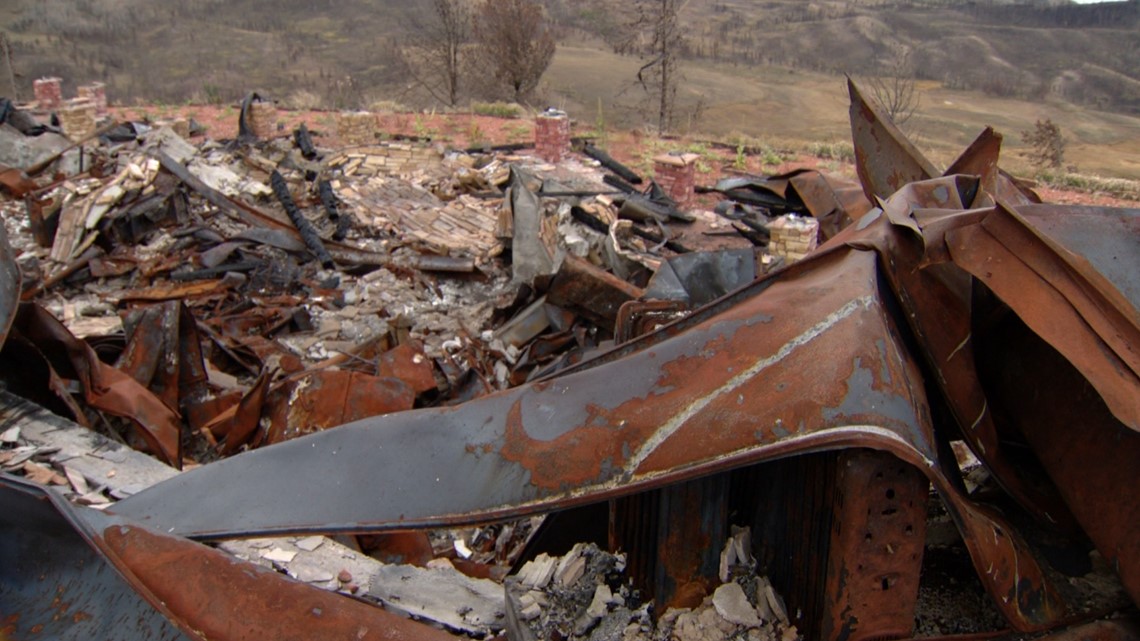
He tried to set up reconstruction two days later, in October 2020.
"I was little disappointed when I called the builder and he said, 'I'd love to help you, but I'm fully booked up for 2021,' " Hunnes said.
That was the reality for many trying to rebuild: too much demand, too little supply. One year later, Grand County has issued building permits for fewer than 90 homes, which is less than 25 percent of the 366 homes lost. Hunnes can't even start until 2022.
"This is what it is, and almost no one in the county has been able to rebuild and move back in," he said.
During the pandemic, there's already a worker shortage, Hunnes said. There are supply chain problems and rising costs of materials, in addition to the problem of people like him being under-insured.
"We just got our first budget, and we're about to redesign the house to make it small enough that we can afford it," Hunnes said.
Cranston said she wishes that she kept a record of her things off-site and backed up by photos.
"Open the drawers, take a video, prepare, understand that this is probably protocol for most insurance companies," she said.

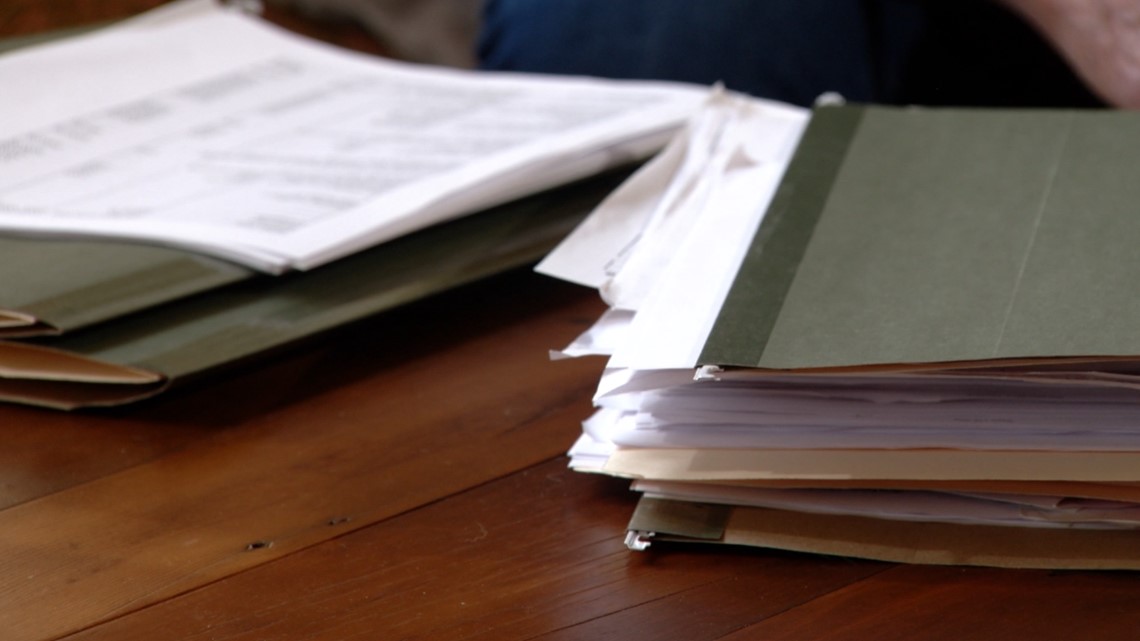
Hunnes said people should make sure their coverage actually covers all.
"This is one of the lessons learned, is that people need to be proactive in their own best interest to document what they own," he said. "There are definitely a number of people that are gonna have a difficult time recovering."
Wildfire Emergency Fund
Megan Ledin is there to help. She's executive director of the Grand Foundation, which raised more than $3.8 million in a Wildfire Emergency Fund.
"We still have people readily using those resources today, almost a year to the date from the fire that took the tragic turn," Ledin said.
The fund helps people with legal fees, temporary housing, supplies and other needs. The Foundation has still reached about only half of the victims, and Ledin said she is constantly looking to help more.
"What's missing? Are they fully insured? Did they not need money? Have they moved? Are they rebuilding? Did they repurchase a new home? What is their plan? Have they even started the process?" Ledin asked.

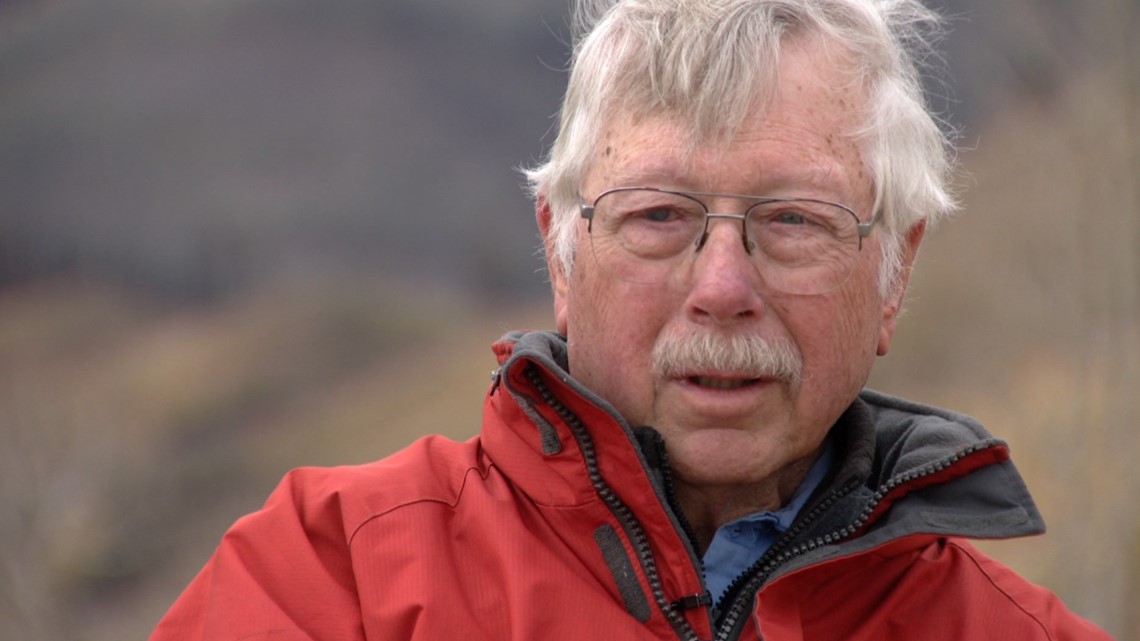
Nature starts to recover
One year after the fire, order begins to grow out the chaos.
"It's interesting to note here we are a year later, look how green a lot of things are," Hunnes said.
Using a mix of mulch and seed, grass and flowers are popping up. The forest is coming back.
Cranston, a professional artist, finds peace painting the healing landscape.
"I have to admit, I had to have some help cause mentally you're anguished, and so I had to have some therapy, a lot of prayer," she said.
Hunnes said it's an ongoing process.
"I'm going to say three years before a lot of people really are back to any sense of normalcy," he said.
Cranston is one of the fortunate ones. Her rebuild is moving along. The house has a frame and a roof giving her hope that the line between chaos and order is finally leading her back home.
"The fire didn't win," Cranston said. "It didn't win."

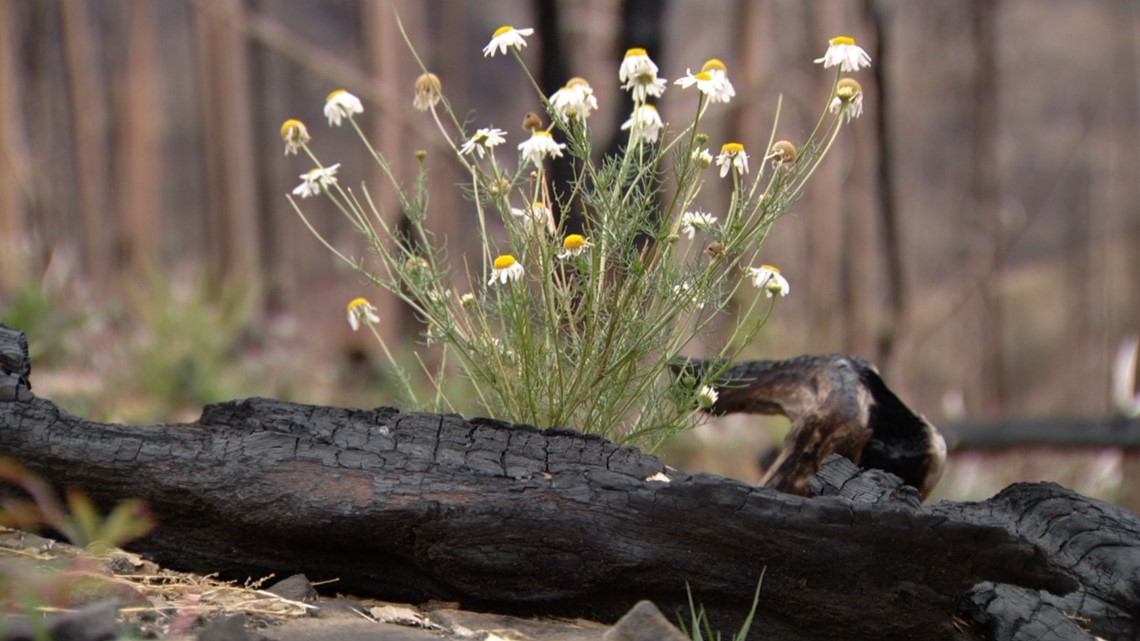
RELATED: In spite of wildfire risk, there's no statewide guide book for building property in Colorado
SUGGESTED VIDEOS: Wildfires in Colorado

